14 Popular Herbs That Just Don’t Thrive Indoors
Many people enjoy the idea of keeping herbs indoors, yet some are not well suited for this setting. Limited sunlight, poor airflow, and space restrictions can cause problems for certain plants. Some may grow weak, produce less flavor, or invite unwanted insects. Others may need outdoor conditions to thrive and stay healthy. Understanding these differences can help you avoid wasted effort. Continue reading to find out which herbs are better grown outside.
This post may contain affiliate links, which helps keep this content free. Please read our disclosure for more info.
Dill
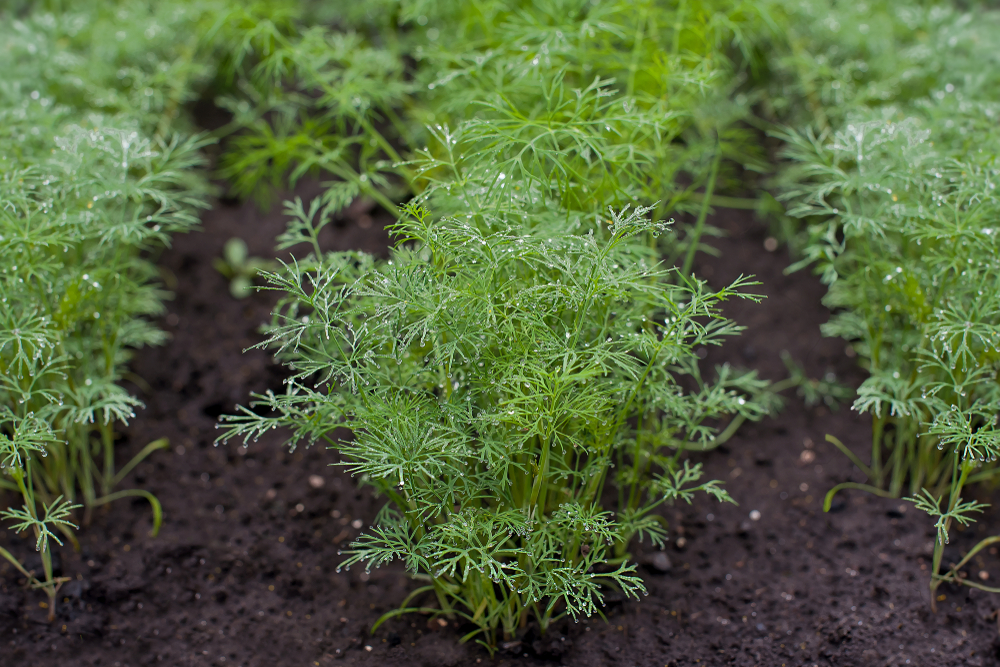
Dill grows tall and requires plenty of sunlight, which can be difficult to provide indoors. Without strong light, the stems become weak and the leaves lose their flavor. It also needs plenty of airflow to prevent mildew. These conditions are easier to achieve in a garden.
As an indoor alternative, try growing parsley, which stays compact and can thrive on a sunny windowsill. Parsley does not require as much height or space. It also grows well in small pots and can be harvested gradually. This makes it a more practical choice for indoor herb growing.
Fennel
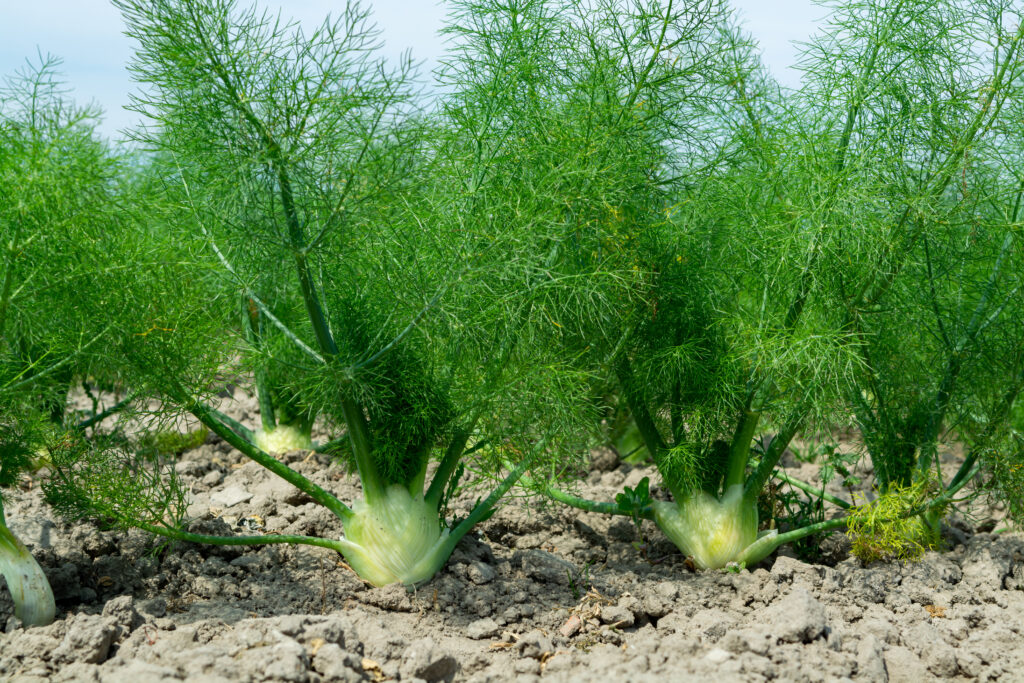
Fennel needs deep soil to allow its large bulb and roots to develop properly. In small indoor pots, it struggles to grow to its full size. It also attracts pests like aphids if air circulation is poor. This makes it more suited to outdoor planting.
A good indoor alternative is basil, which thrives in smaller containers and loves bright light. Basil can be harvested regularly without harming the plant. It is also easier to maintain in an indoor setting. You can enjoy fresh leaves for cooking without the challenges fennel brings indoors.
Oregano
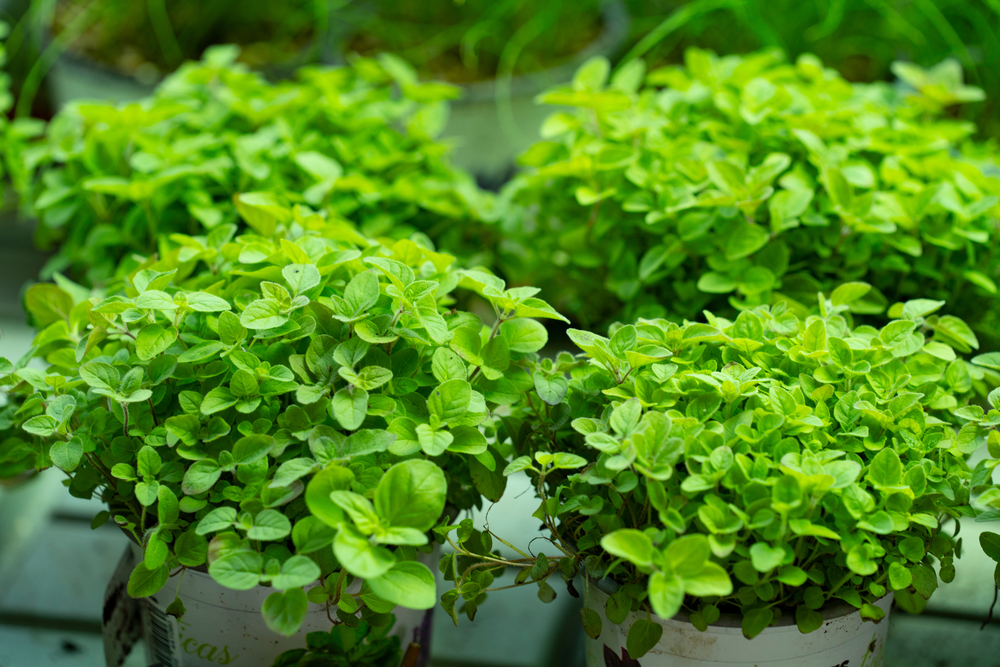
Oregano can become woody and spread aggressively if grown in a confined indoor space. It prefers full sunlight and can quickly lose its strong flavor without it. Indoors, the plant may become leggy and less aromatic. Outdoor growth allows it to flourish and spread naturally.
As a substitute, try thyme, which adapts well to containers and grows slowly. Thyme can still produce strong flavor even with limited space. It is compact, hardy, and easy to maintain indoors. It also pairs well with many recipes that call for oregano.
Rosemary
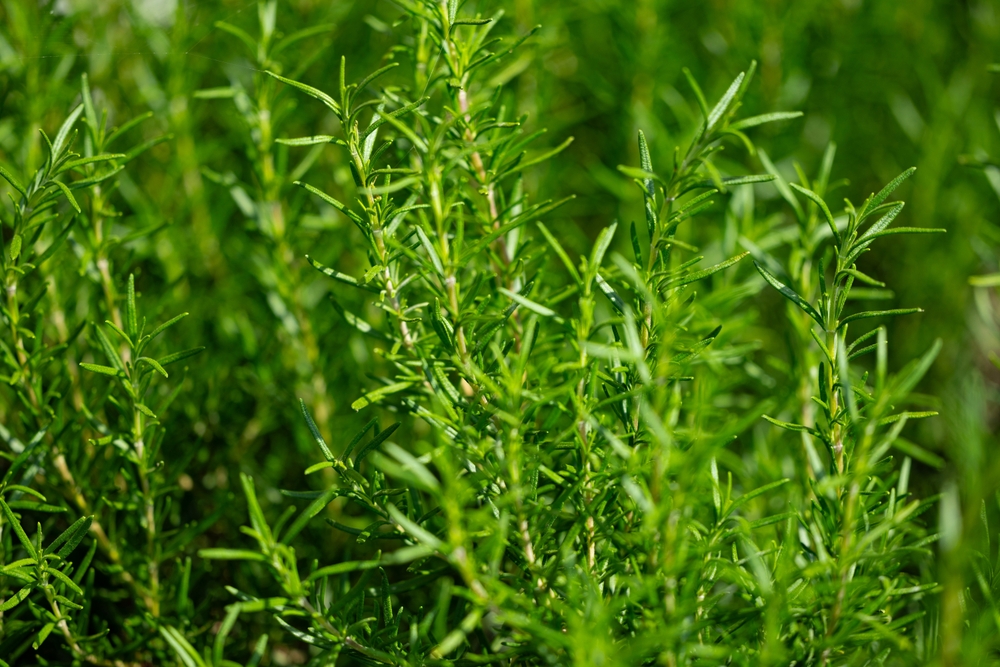
Rosemary prefers direct sunlight for several hours a day, which can be difficult to provide indoors. Without it, the plant becomes weak and prone to fungal issues. It also needs room for its woody stems to develop. These conditions are best met in an outdoor garden.
A good replacement is sage, which grows well indoors with moderate sunlight. Sage remains compact and can thrive in a small pot. It also offers a strong, earthy flavor for cooking. This makes it a more manageable indoor herb compared to rosemary.
Cilantro
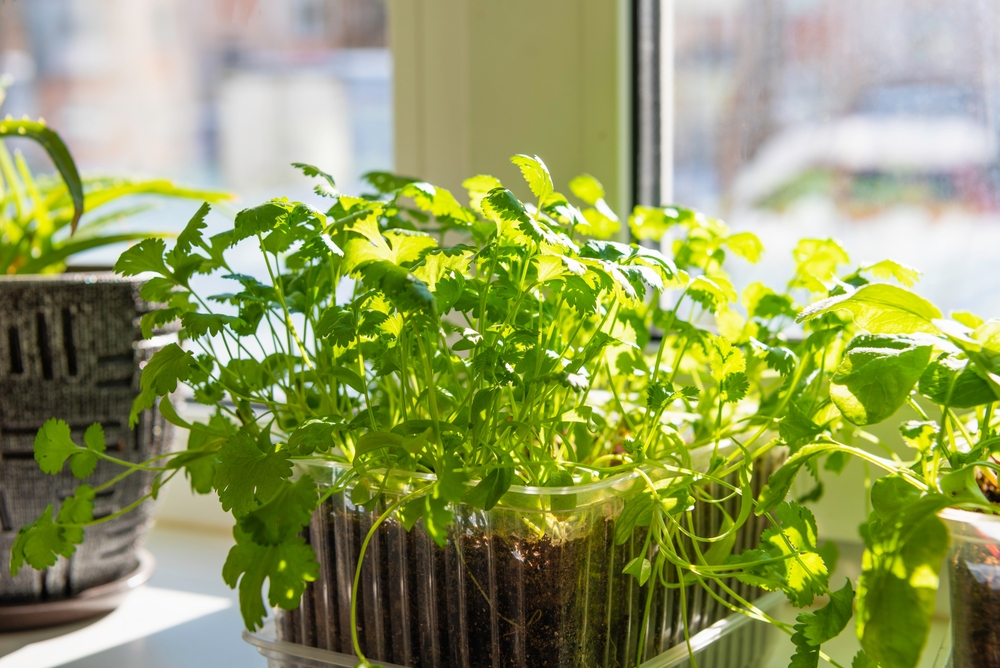
Cilantro has a short growing season and quickly bolts in warm indoor environments. Once it bolts, the leaves become bitter and less desirable for cooking. It also needs consistent cool temperatures and plenty of light. These conditions are easier to maintain outdoors.
For a better indoor choice, try chervil, which has a similar delicate flavor. Chervil grows well in partial sunlight and cooler indoor conditions. It can last longer before going to seed. This makes it a more dependable option for indoor growing.
Bay Laurel
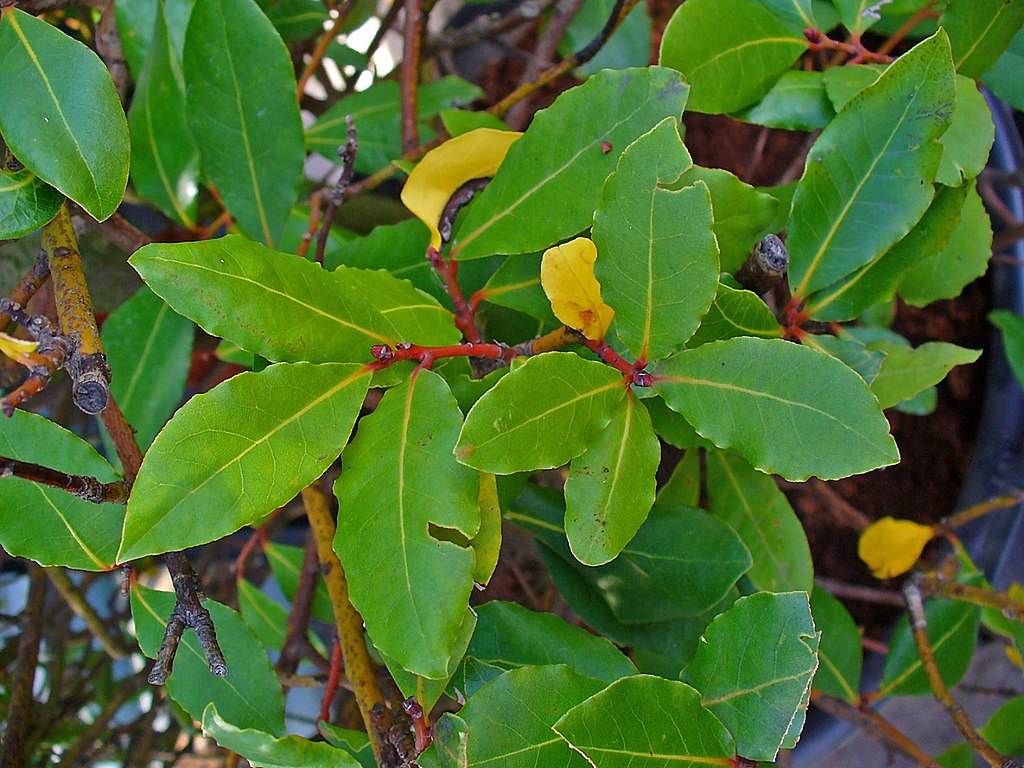
Bay laurel grows slowly but can reach several feet in height, making it unsuitable for most indoor spaces. It needs full sun and good airflow to avoid pest problems. Indoors, it is prone to scale insects and fungal diseases. This makes it harder to maintain inside the home.
As an alternative, lemon balm offers a fresh aroma and flavor for cooking. Lemon balm grows well in pots and tolerates partial sunlight indoors. It is also easier to prune and keep healthy. You can enjoy its leaves fresh or dried without the challenges of bay laurel.
Tarragon
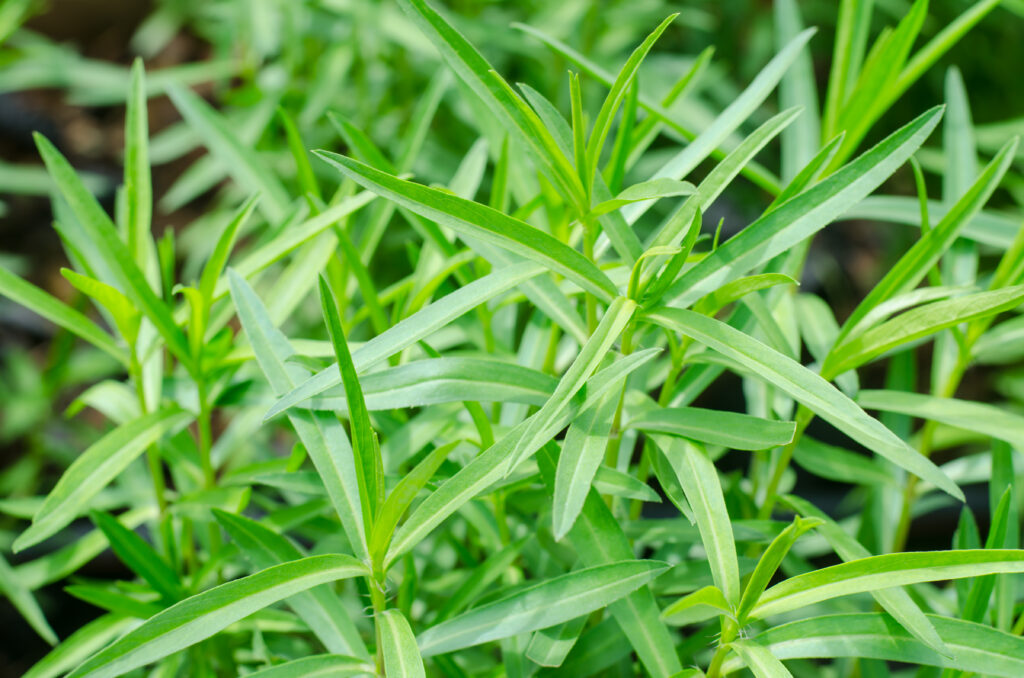
Tarragon prefers dry, sunny conditions and does not like the high humidity often found indoors. Without proper airflow, it can develop root rot and fungal spots. It also needs more space for its long stems than most indoor pots can provide. Outdoor gardens suit it much better.
Instead, grow mint indoors for a similar aromatic experience. Mint tolerates varying light conditions and grows well in containers. It also offers a wide range of uses in cooking and drinks. Keeping it in a pot indoors prevents it from spreading uncontrollably in the garden.
Lemongrass
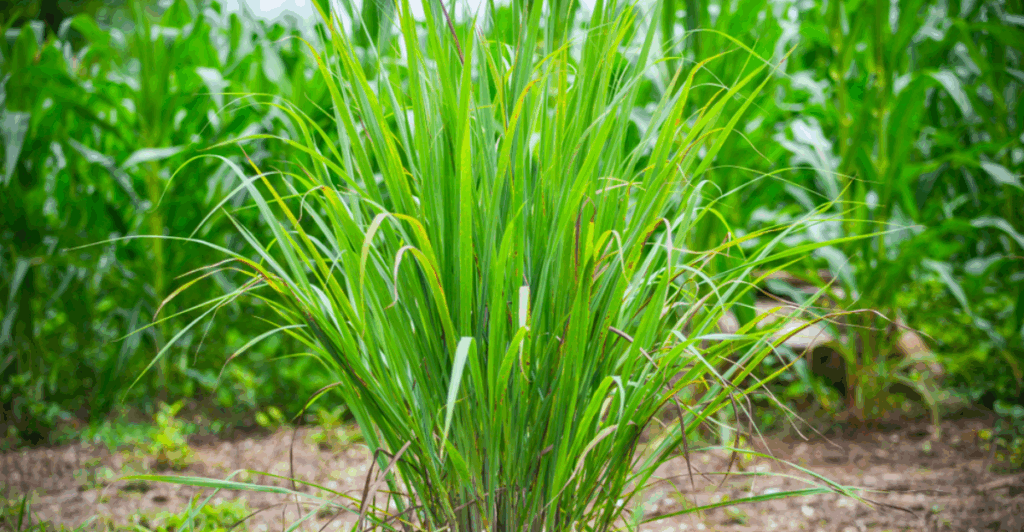
Lemongrass needs large containers and constant warmth to thrive, which is difficult to maintain indoors. It can also grow several feet tall, taking up too much space. Without strong light, its growth slows significantly. This makes outdoor planting the better option.
For a smaller indoor option, try lemon thyme. It offers a citrus aroma and flavor similar to lemongrass. Lemon thyme grows well in small pots and adapts to windowsill conditions. It is also low maintenance and easy to harvest.
Chives
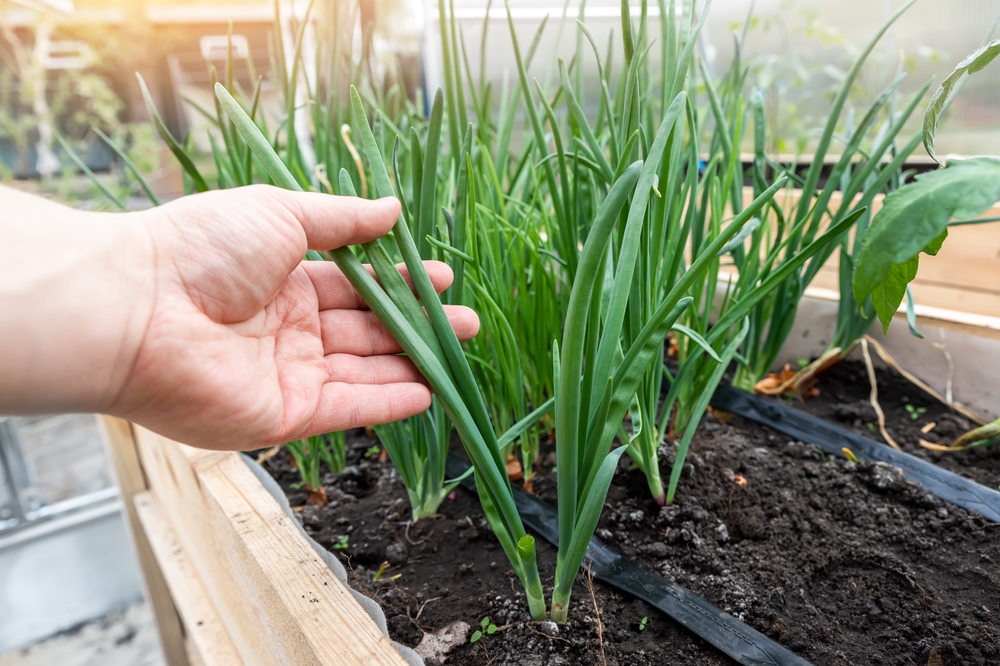
Chives can grow indoors, but they tend to weaken over time without strong sunlight. The leaves become thin and less flavorful. They also need rich soil and regular division to stay healthy. These needs are easier to meet outdoors.
For a better indoor choice, try garlic greens. Garlic greens grow quickly in small containers and offer a mild onion flavor. They can be harvested in just a few weeks. They are simple to maintain and ideal for indoor kitchens.
Marjoram
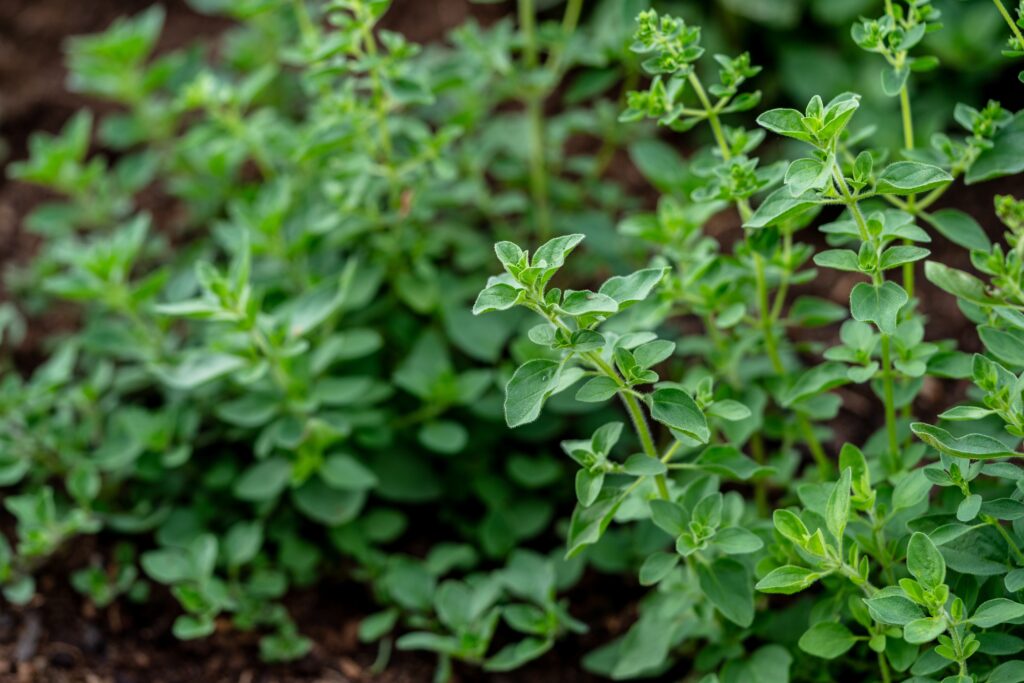
Marjoram requires bright, direct sunlight and warm, dry air to thrive. Indoors, it often receives inconsistent light and humidity, causing weak growth. It also loses much of its aroma when grown in poor conditions. A garden bed provides what it needs to flourish.
Oregano is a more adaptable indoor alternative. It stays compact in pots and tolerates partial sunlight. It can be harvested frequently and still remain productive. This makes it an easier herb to keep indoors year-round.
Lovage

Lovage grows large and tall, often exceeding the space available indoors. It also requires deep soil for strong root development. Without this, the plant struggles to produce flavorful leaves. Outdoor conditions suit its growth much better.
A good replacement is celery leaf, which has a similar flavor. Celery leaf grows well in smaller pots and can thrive indoors with moderate light. It is easy to trim and regrows quickly. This makes it a convenient herb to keep on a windowsill.
Sage
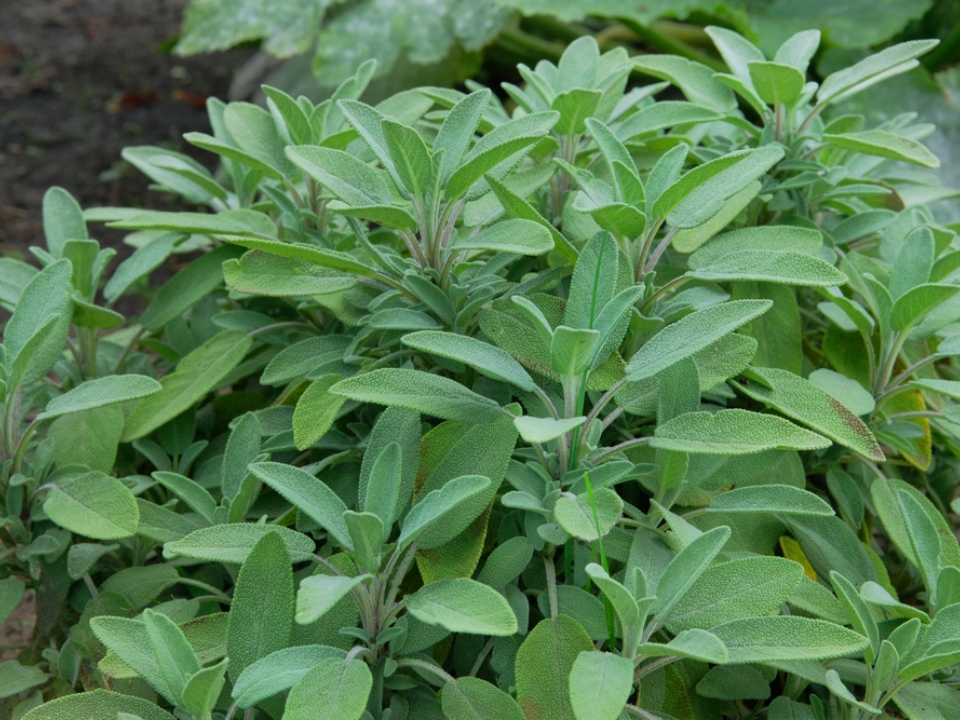
Sage can grow indoors, but it needs intense light for several hours a day to stay healthy. Without this, the leaves become pale and lose flavor. It also prefers dry conditions that can be hard to maintain indoors. These factors make outdoor growth more reliable.
Thyme is a better indoor alternative. It tolerates less intense light and still produces aromatic leaves. Thyme also stays small, making it perfect for indoor pots. It can be used fresh or dried in a variety of dishes.
Winter Savory
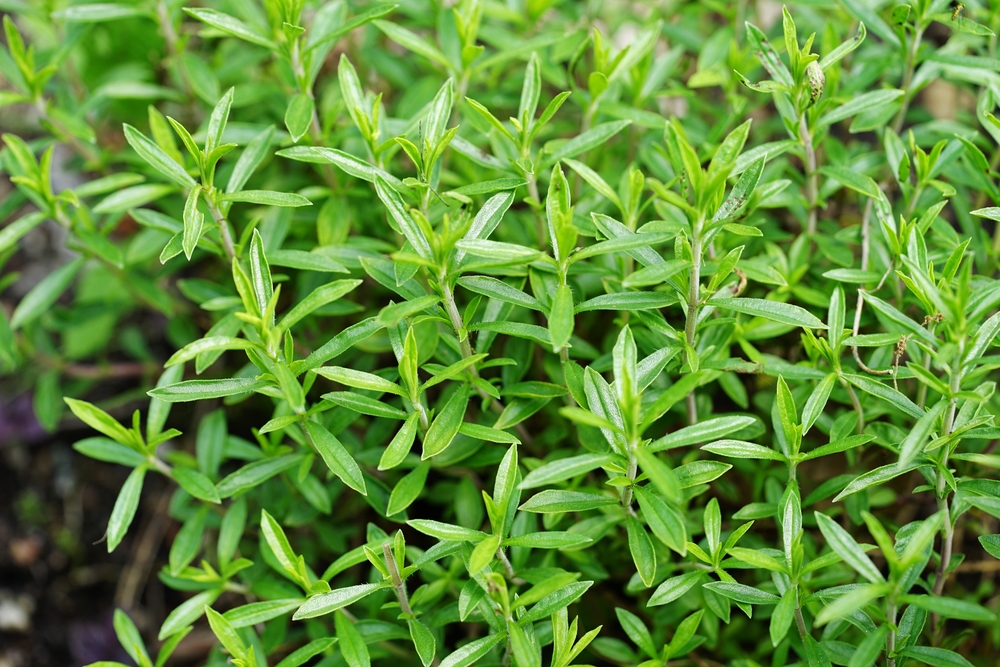
Winter savory thrives in full sun and well-drained soil, conditions that are difficult to maintain indoors. Without proper light, it becomes leggy and loses its strong taste. It also dislikes overly damp soil, which is common in potted indoor plants. Outdoor planting allows it to stay healthy.
Summer savory is a better indoor option. It grows faster, stays smaller, and adapts better to container life. It can be harvested regularly for fresh use in cooking. This makes it more suitable for an indoor herb garden.
Sorrel
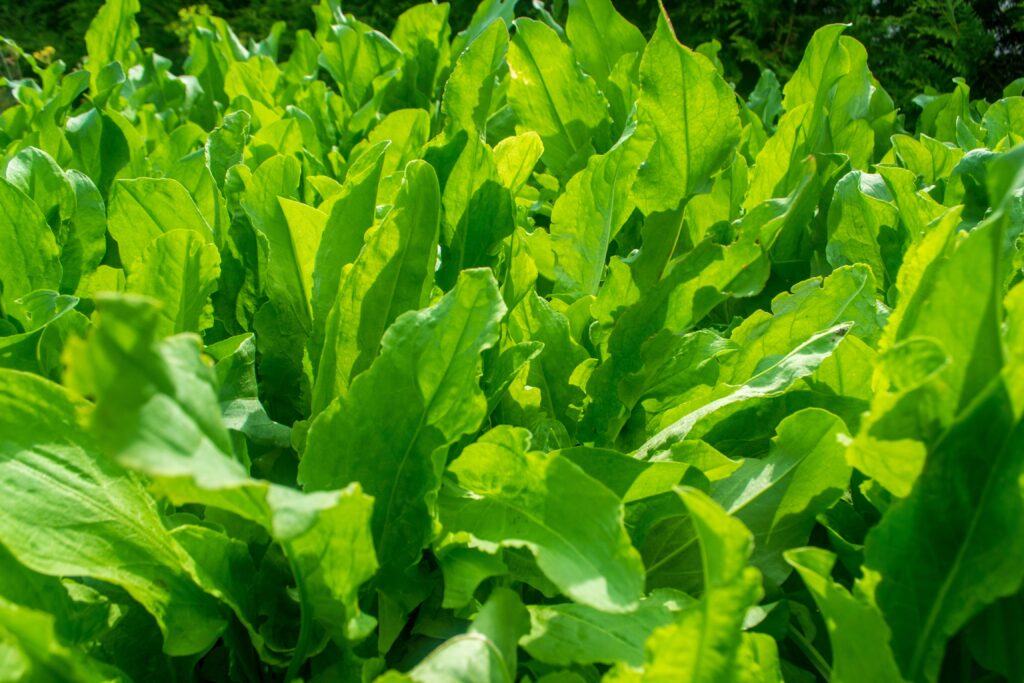
Sorrel grows best in cool outdoor conditions and full sunlight. Indoors, it can suffer from poor air circulation and lower light levels. The leaves may become smaller and less flavorful. It also needs more space than most indoor gardens can offer.
As an alternative, spinach can be grown indoors for a similar tangy flavor. Spinach adapts well to pots and thrives in bright but indirect light. It can be harvested often for salads and cooking. This makes it a more practical choice for indoor growing.
Understanding which herbs are not ideal for indoor growth can make a big difference in your gardening success. Some plants will always perform better in the open air where they can receive the conditions they need. Selecting more suitable options for your home helps you enjoy healthy, flavorful harvests.
This article originally appeared on Avocadu.
